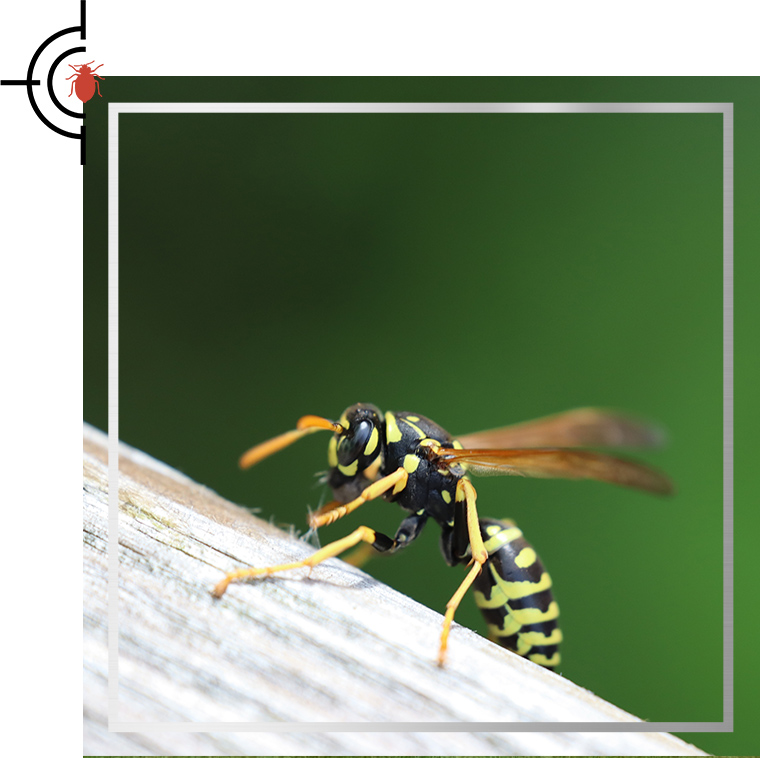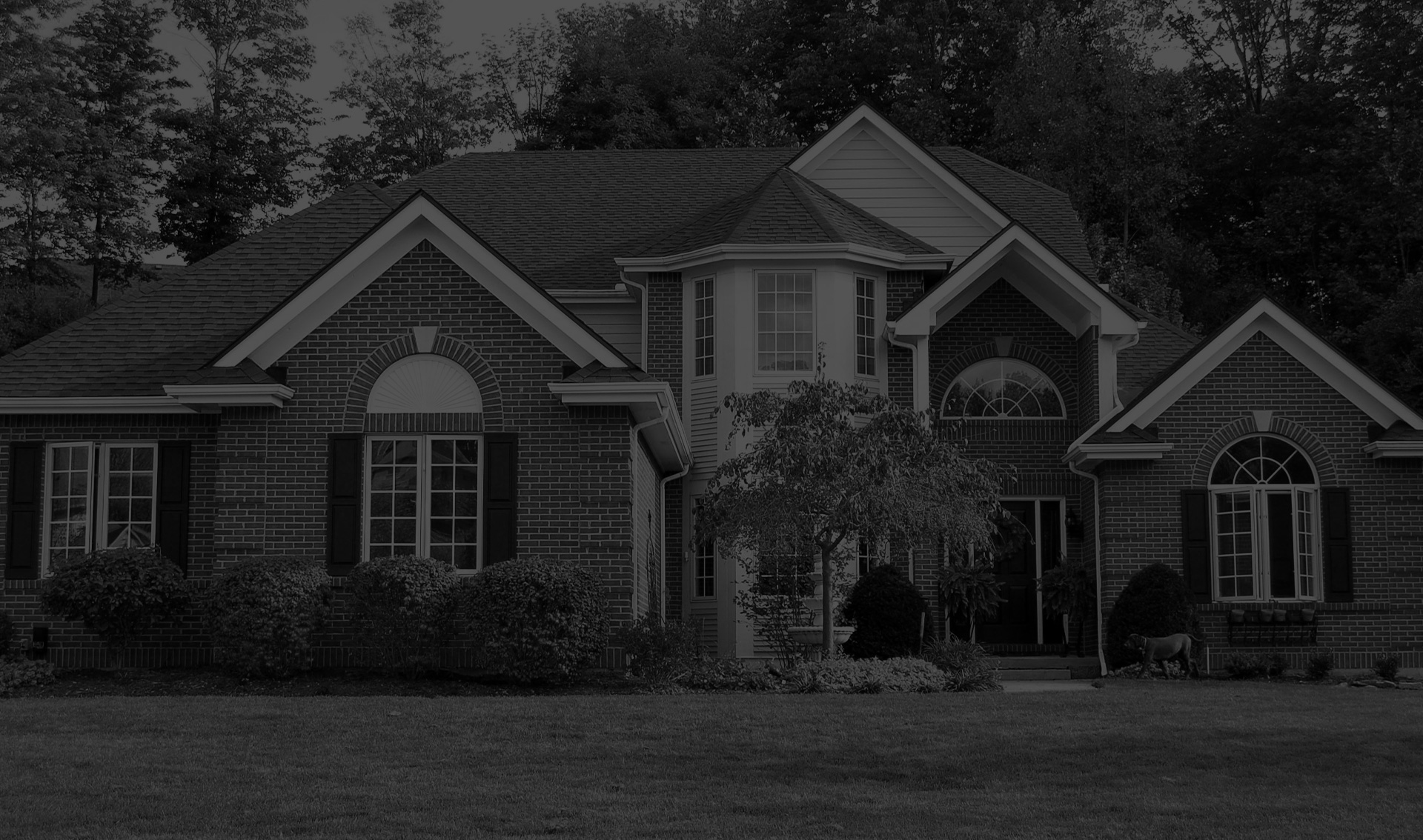
Yellow Jacket Wasps
LEARN MORE ABOUT YELLOW JACKETS
Learn about yellow jacket wasps, their biology, and effective control options in New England.
Expert Solutions
Our team at Pest Assassins is ready to provide fast and effective solutions for yellow jacket wasp problems.
Contact us today for a consultation.

Frequently Asked Questions
Still have questions or can't find the answer you need? Give us a call at 877-665-2667 today!
-
How can I identify a yellow jacket nest?Nests are often found underground or in wall cavities. Look for a paper-like structure and increased wasp activity around the entrance, especially in late summer.
-
What are yellow jacket wasps?
Yellow jackets are the most common WASP found in the eastern United States; they’re not actually bees. Easily identified by their bright yellow and black stripes on their abdomen, yellow jackets are prolific hunters and nest builders. Sometimes yellow jackets are confused with Hornets because of their colors but Hornets have much larger heads and most hornets in our area are black and white striped (bald-faced hornet) or yellow and red/brown (European hornet) These wasps do not pollinate but benefit the ecosystem by controlling smaller insect populations that damage crops and food items.
Only the queen can survive the winter, living off of fat stores she built up during the summer and nesting in tree hollows, spaces in the ground, etc. Queens emerge in early spring (sometimes by accident on a warm winter day) and search for a place to build a nest. Nesting sites might be at the top of a roof peak, behind window shutters, under a pool deck, etc (typically this is the German Yellow jacket) and even underground nests (typically the Eastern Yellow jacket).
Once the first group of eggs hatch, the queen will retire from nest building and only focus on egg laying. Populations can reach 3,000-5,000 by mid to late summer and nest size can easily triple within 2 weeks of ideal weather. All female yellow jackets can sting (repeatedly), often “marking” a person with a pheromone or chemical that will attract more yellow jackets to attack.
-
How can I prevent stinging pests from invading my property?Preventive measures include sealing entry points, removing food sources, and maintaining a clean outdoor environment. Regular inspections by pest control professionals can also help identify potential nesting sites before they become a problem.
-
What control options are available?
Control options include professional pest control services, traps, and insecticides. It's important to address nests early to prevent aggressive behavior.
Wasp Control Service -
What should I do if I encounter a stinging pest?If you encounter a stinging pest, remain calm and avoid sudden movements. If possible, slowly move away from the area. For nests, contact a pest control professional to handle the situation safely.
